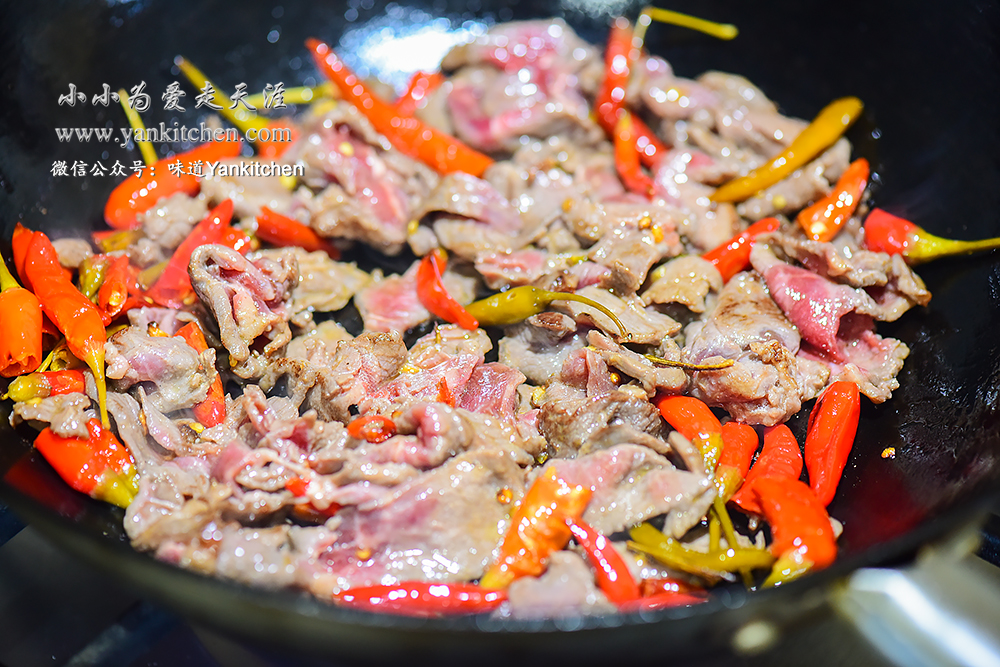中文菜谱: 葱花蛋炒小麦粒饭
We all know how good stir-fried eggs and rice are. But have you ever thought about substituting white rice with healthier whole grains? I have. I tried with wheat berries. And guess what? It tastes amazingly delicious! O(∩_∩)O~
Wheat berries have a much lower GI index than white rice. And it can keep you full longer. Not to mention they are also high in fiber, minerals and nutrition.
When fully cooked, wheat berries have al dente texture similar to a combination of brown rice and pearl barley.
Just a perfect little bit of chewiness makes it my new favorite whole grain now.
This is what wheat berry looks like.
Ingredients:
1 cup hard winter wheat berry
3 to 4 tablespoons crumbled bacon
water for cooking wheat berries
3 to 4 large eggs
1/4 cup chopped green onion
2 to 3 tablespoons vegetable oil
salt to taste
Directions:
Rinse the wheat berries under running water. Add to a rice cooker. Add water according to rice cooker’s brown rice cooking instructions. And then press “brown rice”.
The whole cooking process takes about 100 minutes.
This is what it looks like when wheat berries are fully cooked.
Eggs and green onion are essential to Asian style stir-fried rice.
Heat a cast iron wok over high heat. Add oil. Seconds later, add beaten eggs.
Add cooked wheat berries when eggs are beginning to settle at the bottom of the wok. Stir fry constantly over high heat with a spatula. Use the spatula to break down any large pieces eggs when stir frying.
Add crumbled bacon and salt to taste.
Sprinkle with chopped green onions.
Continue to stir fry for another 10 to 20 seconds.
Remove from heat and serve hot immediately.






















































































